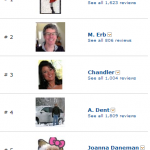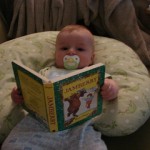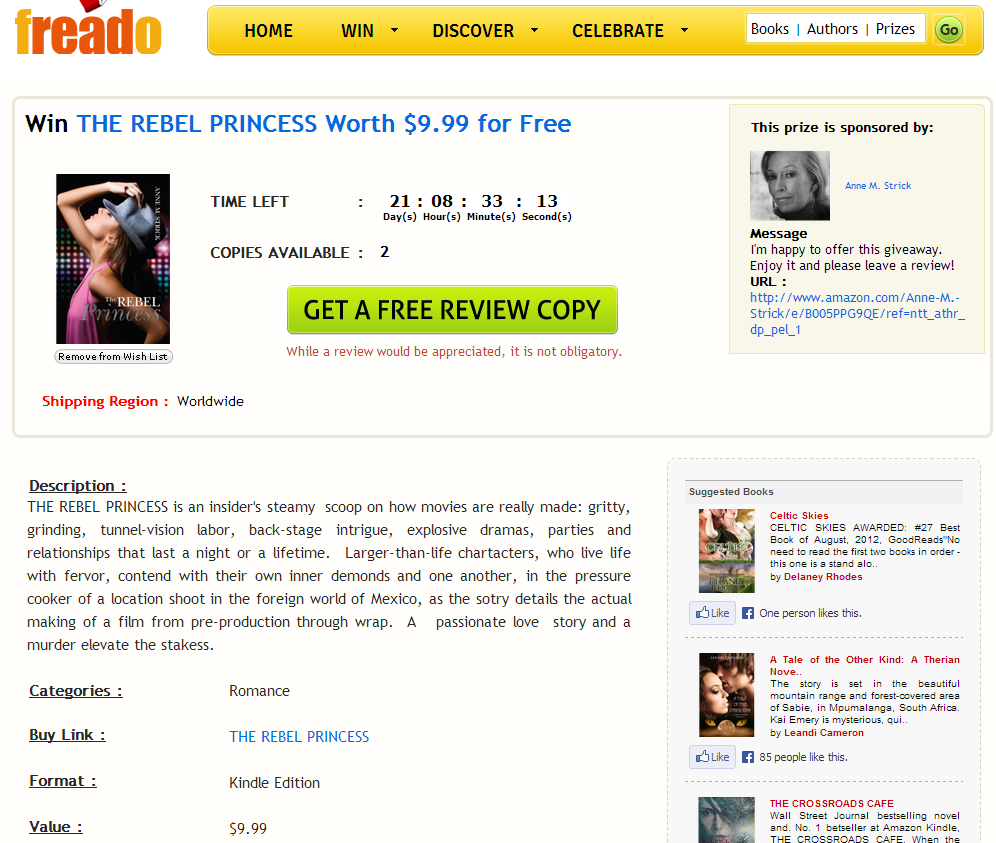When we started Freado 3 years ago, we saw the book market as one single, homogeneous mass of people. Of course, we did use the industry standard way of dividing our audience by book genre and even via demographics. And this has worked reasonably well with hundreds of thousands of visitors to Freado and a lot of them converting into long term, returning users.
Over time, however, we’ve come to see our audience as four distinct sub-groups. As an author or book promoter, you will find it useful to divide your own audience in to these four sets and to offer something that appeals to each of these categories in your marketing campaign.
They are:
1. Mavens

These are the people who share information on Facebook, Twitter and Google Plus. They write blog posts and send emails about the stuff they love to their friends. They may or may not be readers but if they find an idea that is worth spreading, they will try their best to spread it. And they don’t care about being compensated. Don’t insult them by trying to bribe them or by offering them an incentive to share. They do it because it is who they are. Sharing is core to their identity. (image courtesy: http://www.flickr.com/photos/1-6-scale-doll-clothes/)
2. Reviewers

Not all people who buy books are likely to review books. Those who review books are usually prolific readers. But not all readers are necessarily prolific reviewers. In fact, it may be a safe guess to say that 80% of the books reviews are written by 20% of book readers. Why do reviewers review books? A need for self-expression, a desire to be helpful and ambitions of becoming an author are some of the driving motivations.
3. Readers

There are some people for whom the content drives behavior. They have a compulsive need to read … and books are just one vehicle that cater to this need. They are the sort who read the newspaper cover to cover, read through a bunch of blogs before breakfast and even scan through the back of the breakfast cereal box just because they need to read. These people will have active library memberships and will maintain a book blog just so they can get free review copies of books.
So what is the difference between a book blogger and a reader?
A book blogger reads books so that she can write blog posts so that she can get traffic. A reader, on the other hand, maintains a blog so that she can get free books to review. The difference is subtle but important. (image courtesy: http://www.flickr.com/photos/onenjenifer/)
4. Buyers

These are the folks who buy stuff compulsively. They are looking for solutions to all of their problems in the form of a pill. They look at books (especially self-improvement, health and diet books) as a pill. They are attracted by the next shiny object they come across. They buy the next book they see. And then … it gathers dust on their book shelves. These unconscious patrons of literature are great for the book industry as a whole. And they respond well to promotions, catchy book titles and great looking book covers.
(image courtesy: http://www.flickr.com/photos/travelinlibrarian/)
Bear in mind that there may be a fair amount of overlap between the above audience-sets. For example, a reader may also be the sort who reviews books and has a tendency to share. But my assertion here is that many of us can be only in one particular role at any point in time. And that under the right kind of environment, can be induced to enter another role. For example, a reader of a book can be induced to review the book by means of an Amazon link at the end of the page.
What do you think?
Is there any other way to think about the book market?





